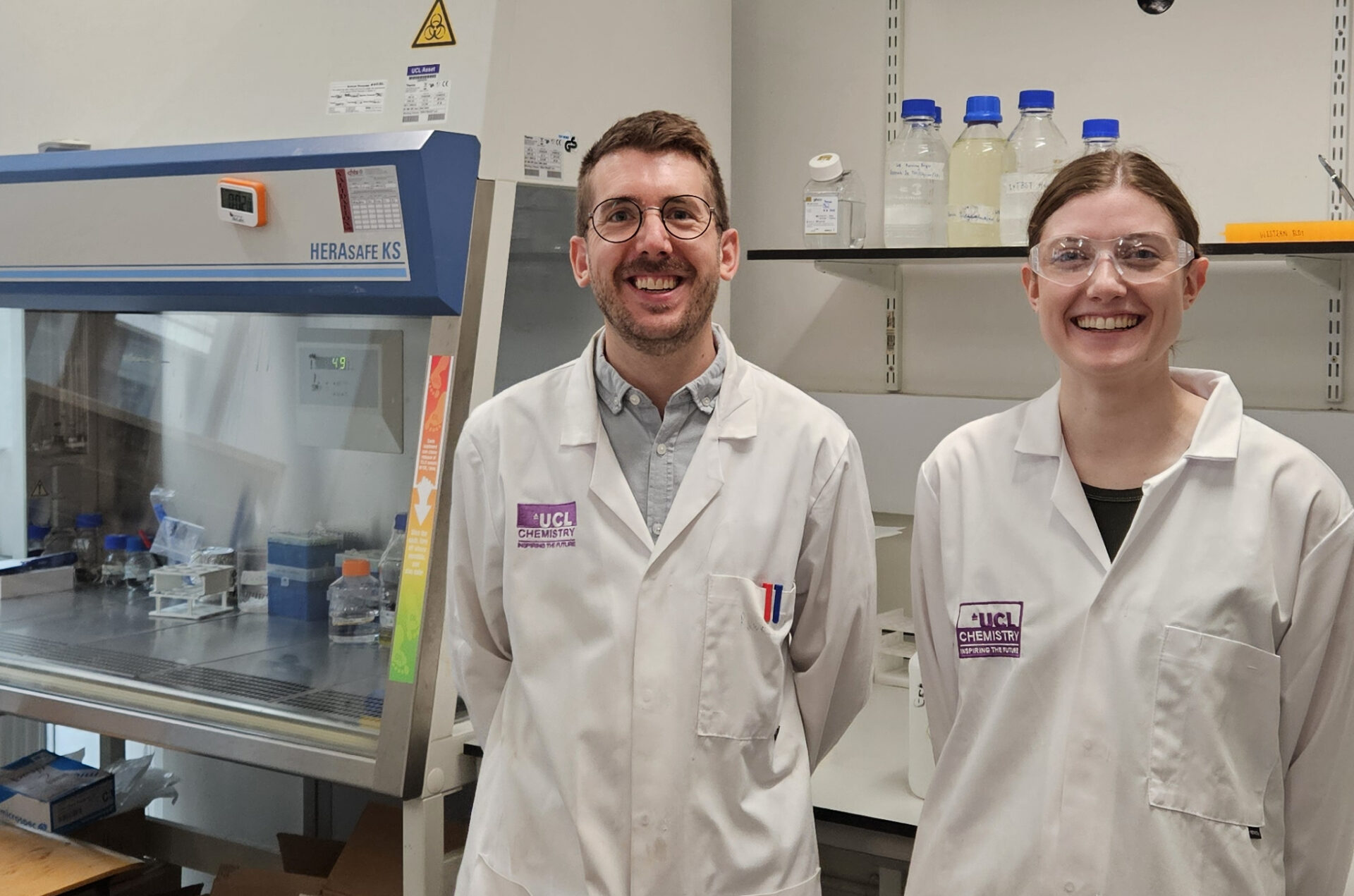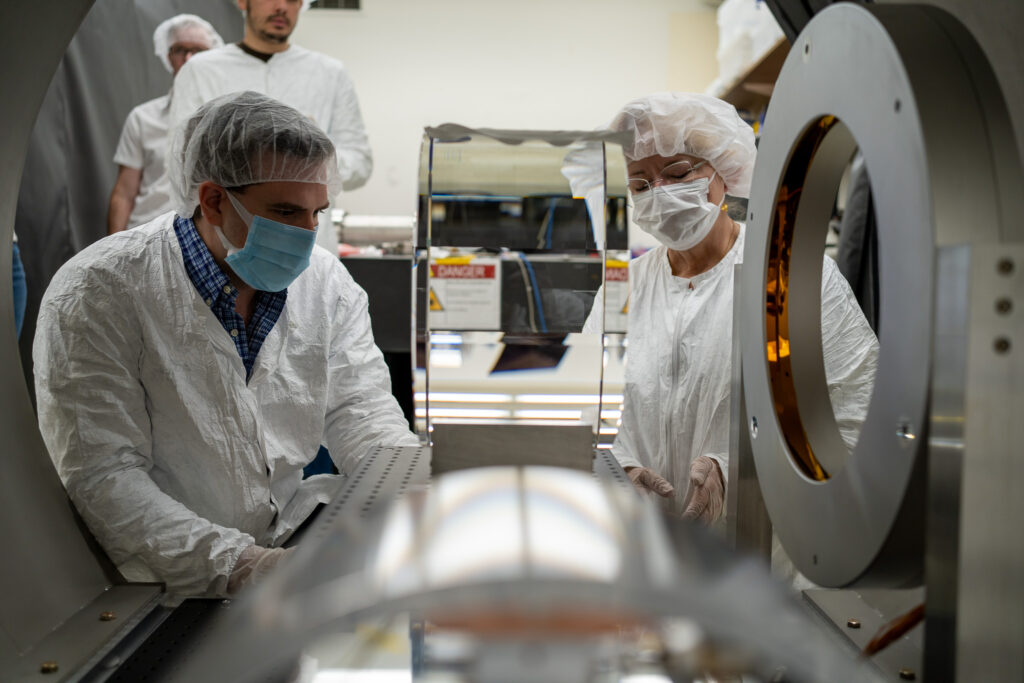Researchers at the University College London at the Booth Lab are developing next-generation synthetic biology platforms and have unveiled a magnetically controllable synthetic cell system capable of releasing gene activators and payloads on demand, without altering the lipid membrane itself. In our earlier news report, we explored how this breakthrough leverages magnetic hyperthermia and DNA-programmed control to achieve non-invasive, field-triggered protein expression inside artificial cells, marking a major step toward precision drug delivery.
Now, we sat down with the team behind the work to unpack the engineering decisions that made this possible; from encapsulating magnetic nanoparticles with DNA carrier strands, to identifying clinically tolerable magnetic field conditions, to demonstrating controlled pore-forming protein synthesis for model payload release. We discussed the challenges of balancing thermal activation with biological stability, the considerations for biocompatibility and circulation, and the roadmap toward in-vitro disease models, membrane functionalisation, and translational delivery strategies.
The following interview is presented unedited to preserve the team’s original insights into how they integrated molecular programming, magnetothermal control, and synthetic-cell engineering to create a platform with the potential to reshape targeted therapeutics.
Could you describe how you engineered the synthetic cell membranes to be responsive to magnetic fields, and what materials or molecular constructs (e.g. magnetic nanoparticles) are embedded in or attached to the vesicles?
The membranes themselves are unmodified; they comprise solely lipid components. Instead, the magnetic nanoparticles are encapsulated inside the synthetic cells, free in solution. A “carrier” DNA strand is attached to the surface of the magnetic nanoparticles and a DNA promoter sequence hybridised onto the carrier strand. In an alternating magnetic field, the magnetic nanoparticles act as heating mediators. The localised temperature increase, termed magnetic hyperthermia, denatures the double stranded DNA on the surface of the magnetic nanoparticles and releases the DNA promoter sequence. Now free in solution, the DNA promoter sequence hybridises to an otherwise inactive gene of interest, switching “on” the expression of a target protein inside the synthetic cells. The protein machinery required for protein synthesis is encapsulated inside the synthetic cells (alongside the magnetic nanoparticles and inactive gene of interest) and critically, the design takes advantage of the polymerase enzyme requiring a double stranded DNA promoter sequence for transcription.
What specific drug payloads have you successfully encapsulated and released using magnetic field activation, and how precise is the spatial and temporal control of release?
This work details a compelling proof of concept, as such, we have released fluorescent dyes as “model” payloads by synthesising a pore-forming protein only in the presence of an alternating magnetic field.
How did you determine the optimal magnetic field strengths, frequencies, and durations to trigger release without compromising the integrity of the synthetic cell or harming surrounding tissues?
We chose the magnetic field strength and frequency to be within the clinically tolerable limit. We optimised the timeframe being cautious not to denature the protein machinery encapsulated inside the synthetic cells. The latter relied on trial and error, tracking the fluorescence intensity of synthesised fluorescent protein.
What in vitro (or in vivo, if performed) models have you tested so far, and what did these experiments reveal about targeting efficiency, off-target effects, and cellular uptake?
Our next steps are to explore in-vitro cellular models, building off this proof of concept.
Could you discuss the biocompatibility and stability of the synthetic cells; especially in circulation, both before and after activation?
Synthetic cells akin with those presented in this paper have been administered in-vivo, proving biocompatible and stable1–3. In our case, future work will focus on investigating the specific biocompatibility our of system, incorporating strategies such as PEGylation, known to prolong circulation times.
1. Chen, Z. et al. Synthetic beta cells for fusion-mediated dynamic insulin secretion. Nat. Chem. Biol. 14, 86–93 (2018).
2. Chen, G. et al. Implanted synthetic cells trigger tissue angiogenesis through de novo production of recombinant growth factors. Proc. Natl. Acad. Sci. 119, e2207525119 (2022).
3. Krinsky, N. et al. Synthetic Cells Synthesize Therapeutic Proteins inside Tumors. Adv. Healthc. Mater. 7, 1701163 (2018).
How do you envision integrating this technology into existing drug delivery frameworks (e.g. injectable carriers, implantable reservoirs), and what are the key engineering and regulatory challenges to overcome?
Previous in-vivo studies use injection as the route of administration1–3. Future work in ascertaining the best route of administration and its associated regulatory challenges is outside of our expertise and will rely on a suitable collaboration.
1. Chen, Z. et al. Synthetic beta cells for fusion-mediated dynamic insulin secretion. Nat. Chem. Biol. 14, 86–93 (2018).
2. Chen, G. et al. Implanted synthetic cells trigger tissue angiogenesis through de novo production of recombinant growth factors. Proc. Natl. Acad. Sci. 119, e2207525119 (2022).
3. Krinsky, N. et al. Synthetic Cells Synthesize Therapeutic Proteins inside Tumors. Adv. Healthc. Mater. 7, 1701163 (2018).
Looking ahead, what are your team’s priorities in advancing this platform; such as refining control mechanisms, testing in disease models, or scaling manufacturing for translational research?
To advance this platform, three main objectives have been set: access relevant biologics by replacing the gene of interest and the encapsulated small molecule; functionalise the lipid membrane with targeting groups, to improve biodistribution, and “stealth” polymers such as PEG, to improve stability and prevent protein corona; in-vitro testing in a relevant disease model with and without an alternating magnetic field. Realising these goals will help us to assess the potential of these magnetically controllable synthetic cells in targeted drug delivery.

Hassan graduated with a Master’s degree in Chemical Engineering from the University of Chester (UK). He currently works as a design engineering consultant for one of the largest engineering firms in the world along with being an associate member of the Institute of Chemical Engineers (IChemE).



